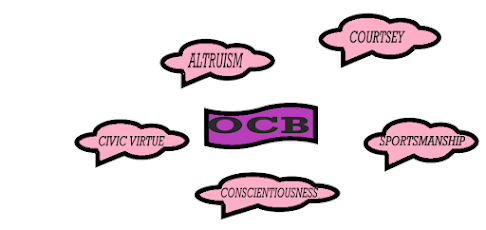Attitude has often been defined by psychologists as people's evaluation of almost any aspect of the world.
We often posses either positive or negative responses or actions towards different social stimulus, some of them are quite flexible and can be altered, while some are resistant to alternations; as we hold some attitudes with certainty, while uncertainty prevails towards other social aspects.
Social psychologists have reportedly distinguished two types of attitudes -
1) Explicit Attitudes - They are the conscious or report able forms. The beliefs which we are aware about and can be easily measured.
2) Implicit Attitudes - These type of beliefs are less controllable and not at all conscious or easily accessible to us.
The measurement of explicit attitude are done following varied scaling techniques or tests. The belief or disbelief, favourable or unfavourable form of attitudes are measured with the help of scales, constructed by experts having short statements dealing with several social aspects like - climate change, sexual abuse, pollution, globalization and many more social constructs.
The scales or tests are constructed following a continuum, where the scale ranges from absolute unfavourable to absolute favourable acceptance of belief. Each statement will portray a specific degree of acceptance or rejection of a belief.
The 2 most popular scales for measuring attitudes are:
1) Thurstone's method of equal appearing intervals - The Thurstone's Scale is a quantitative form of measurement of people's attitude, using 'agree - disagree' format. These statements are assigned with potential numerical values, which helps the researcher to determine the strength of the belief which one holds toward the specific social aspect.
This is mainly applied when the researcher wants to know the attitude of individuals about a specific topic and wants to compare it with others. It is also a possible technique of collecting data in a group situation.
2) Likert's method of summated ratings - This technique of measuring attitude is much simpler than that of Thurstone, yet follows a long and elaborate steps for analyzing and elemination of weak items.
The Likert scale follows a 5 - point method, having the range from: strongly agree, agree, undecided, disagree to strongly disagree. This method of scaling attitude is much objective in nature and indicates the intensity of the opinion, also in accordance with the direction.
This is also a quantitative technique of measuring attitude, where the response ranges from being agreed upon to disagreement, also having an option of having no belief at all. The responses hold their own values but the interval values are not equal, with the limitation, that individuals can give false responses due to social desirability.
Another technique for measuring attitude is Bogardus Social Distance Scale - following the degrees of social intimacy. This scale was formed keeping in mind the social forms of discrimination which regulates our relationship formation with any stranger.
This scale has been defined, which measures the degree of closeness towards people of other social, religious, ethnic or racial groups.
The characteristics of Bogardus Social Distance Scale are : it is cumulative in nature, a 7 point scale and lastly, it measures social distance.








